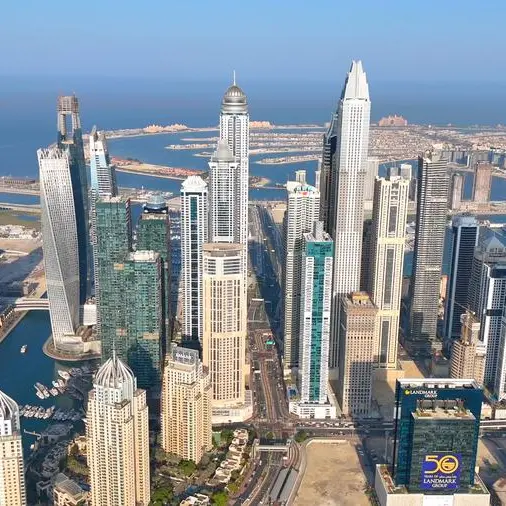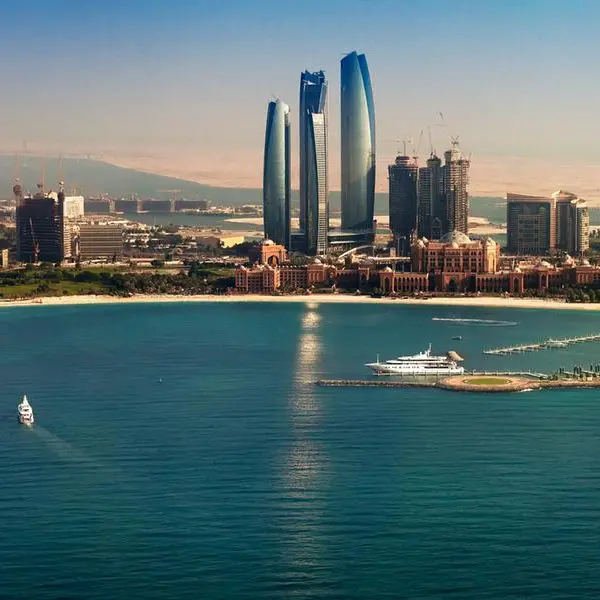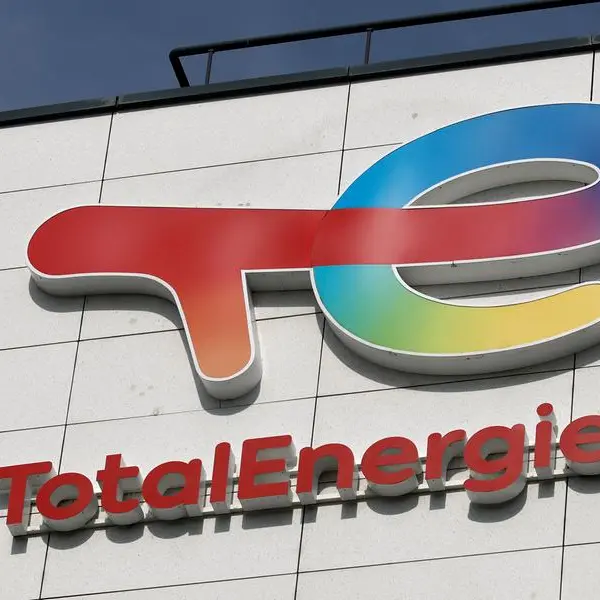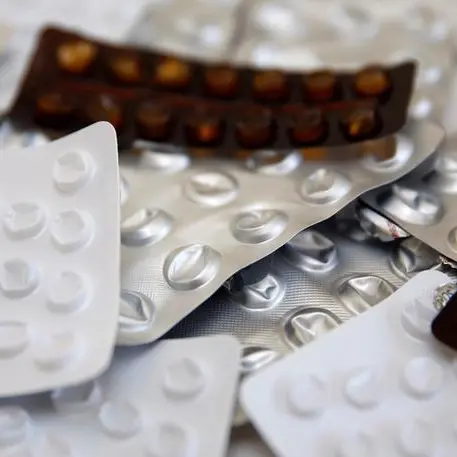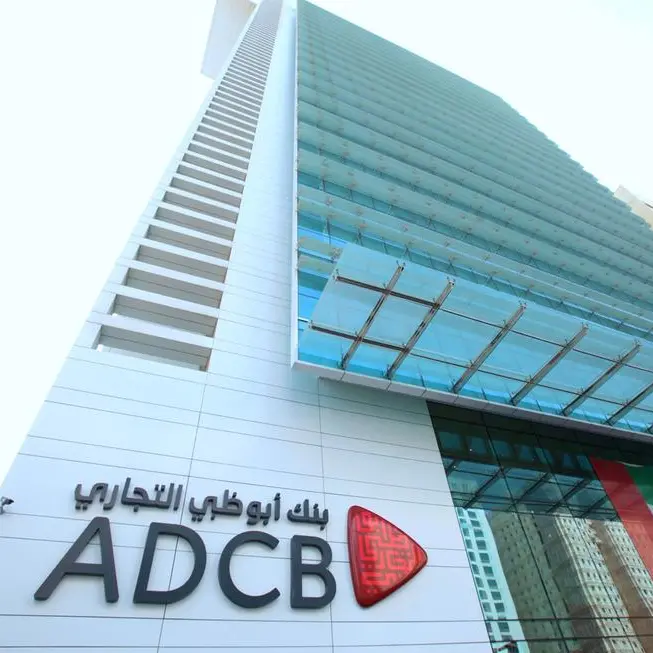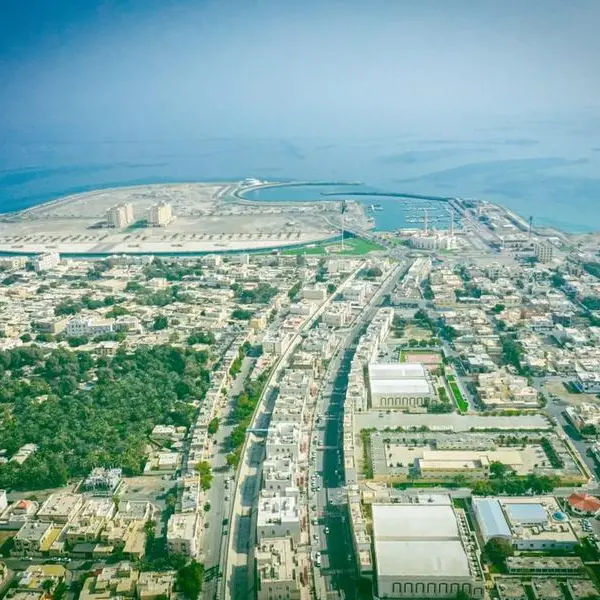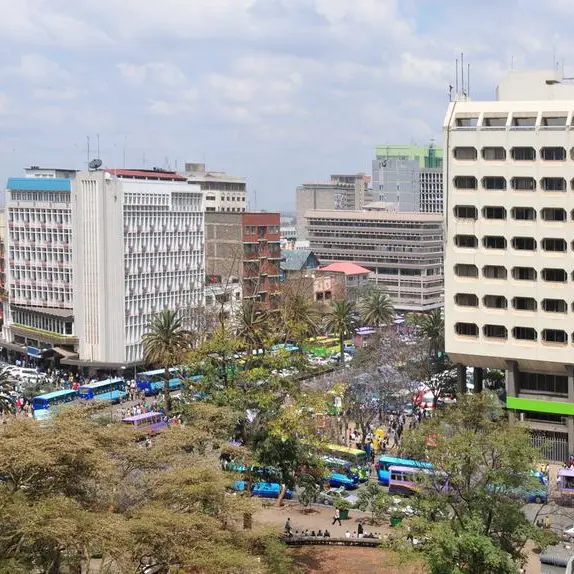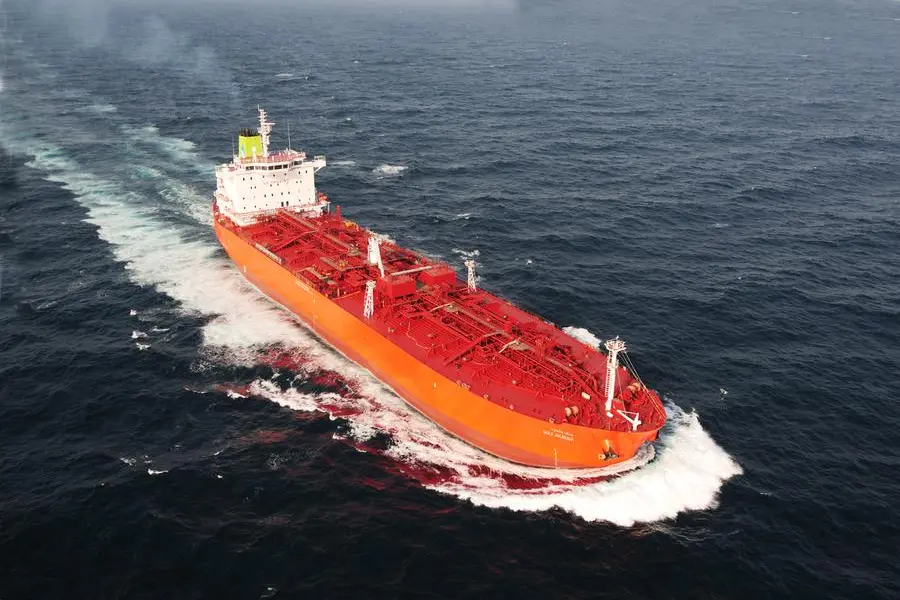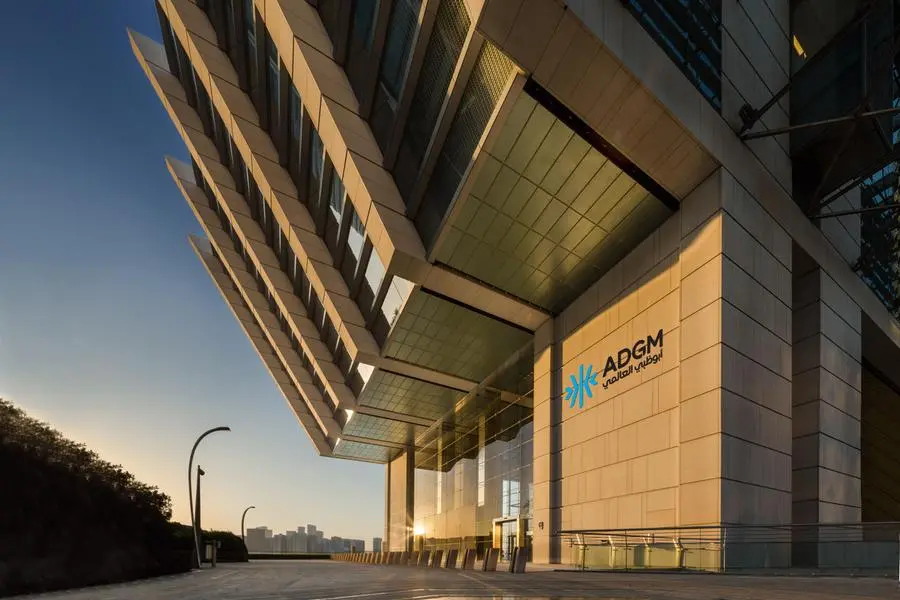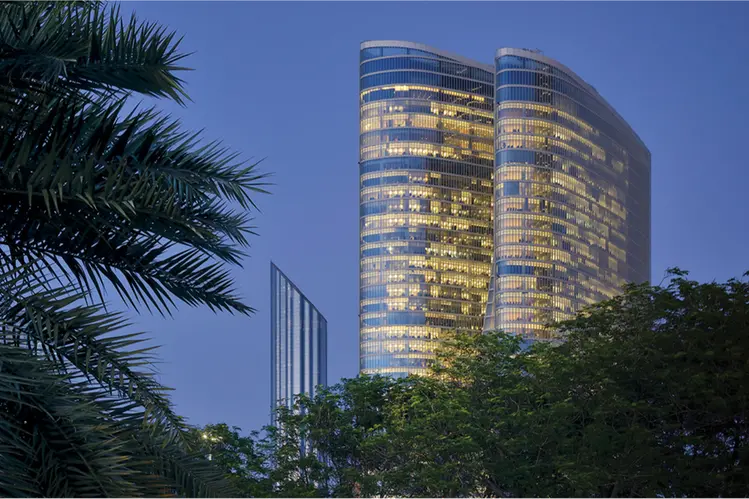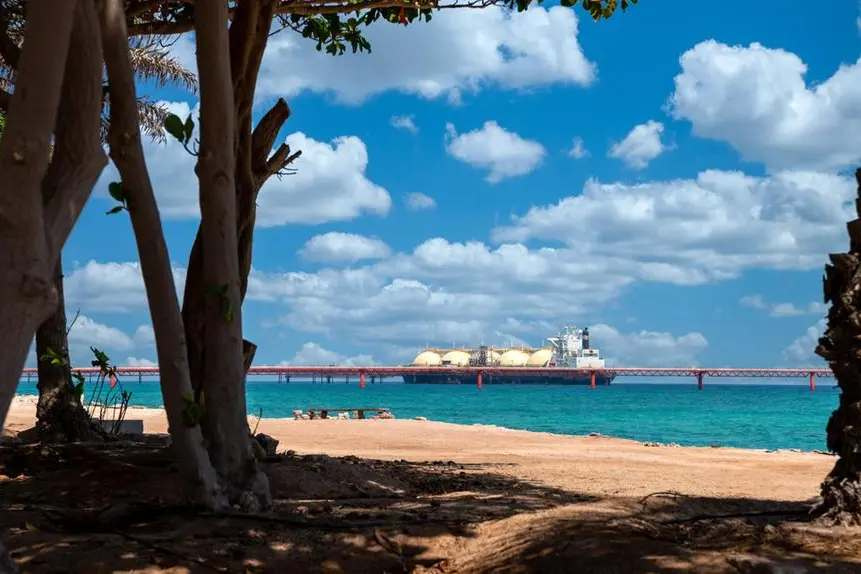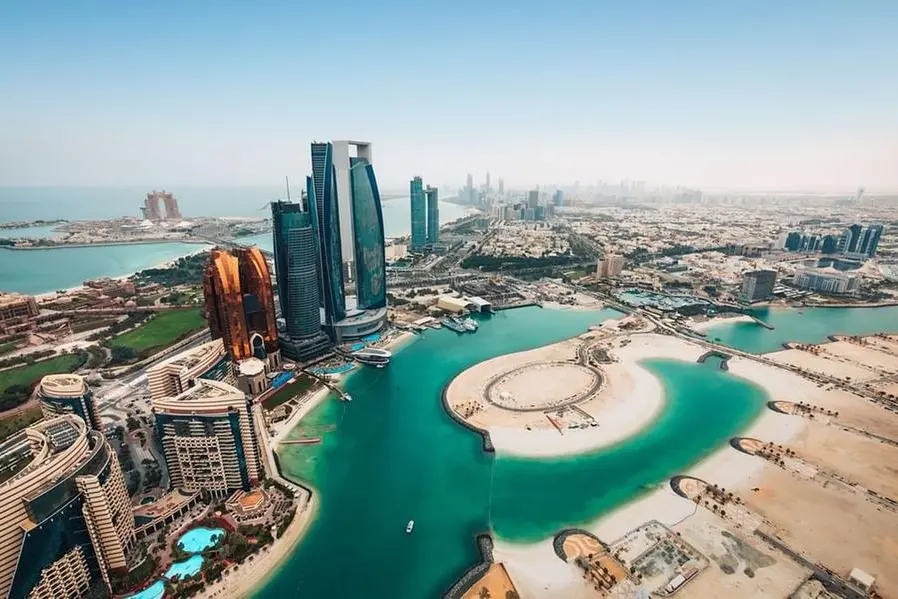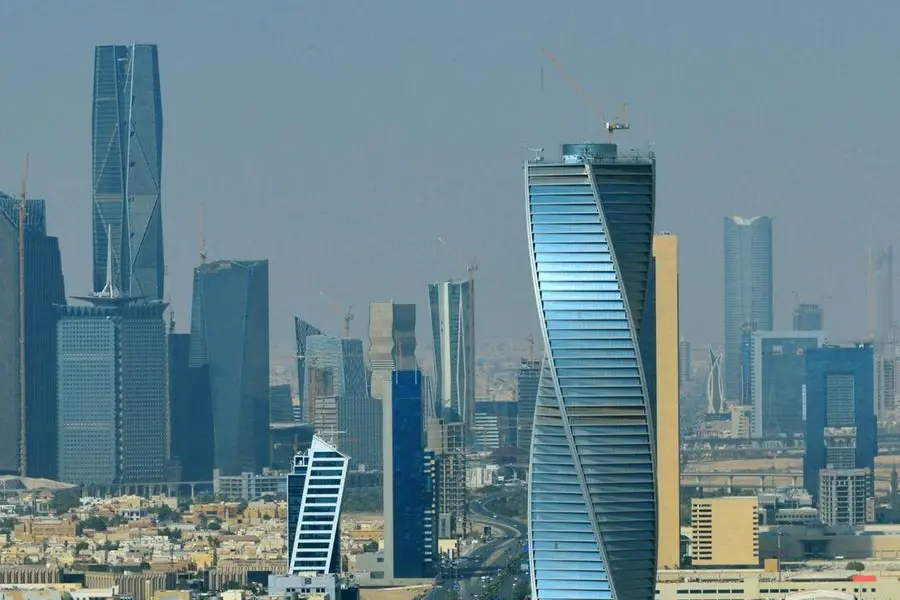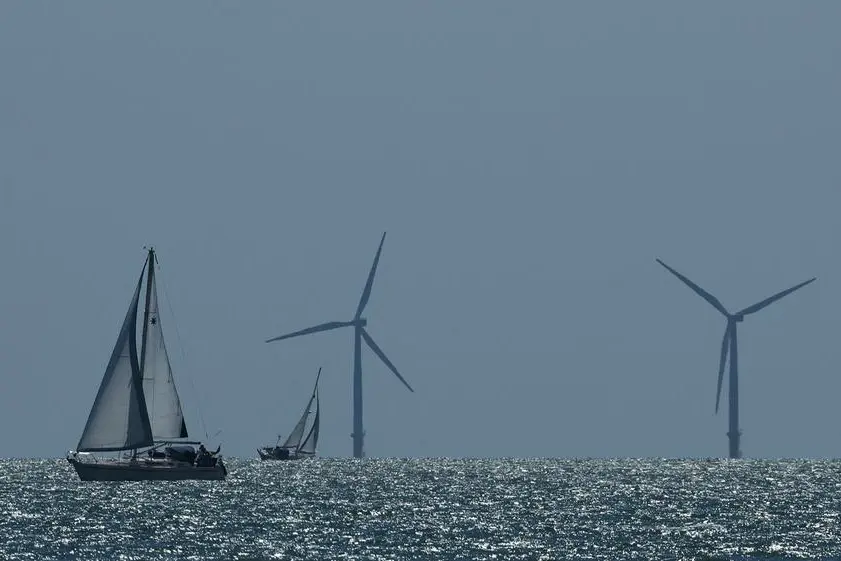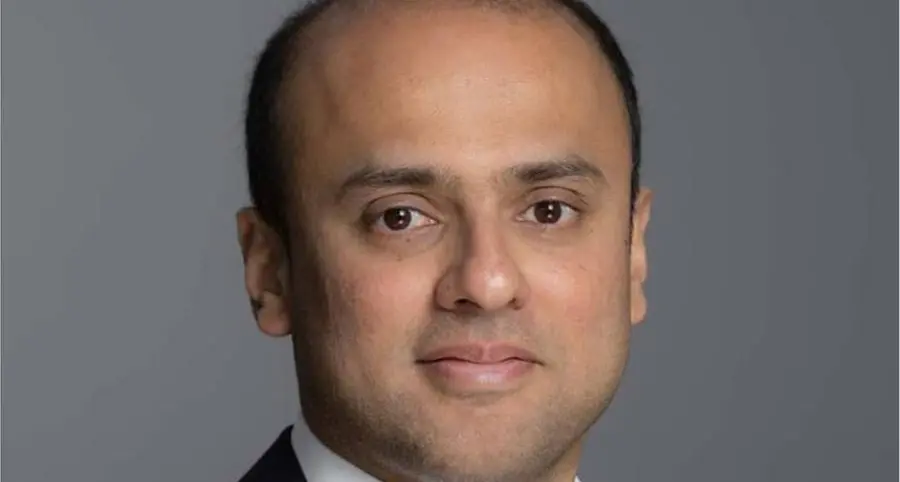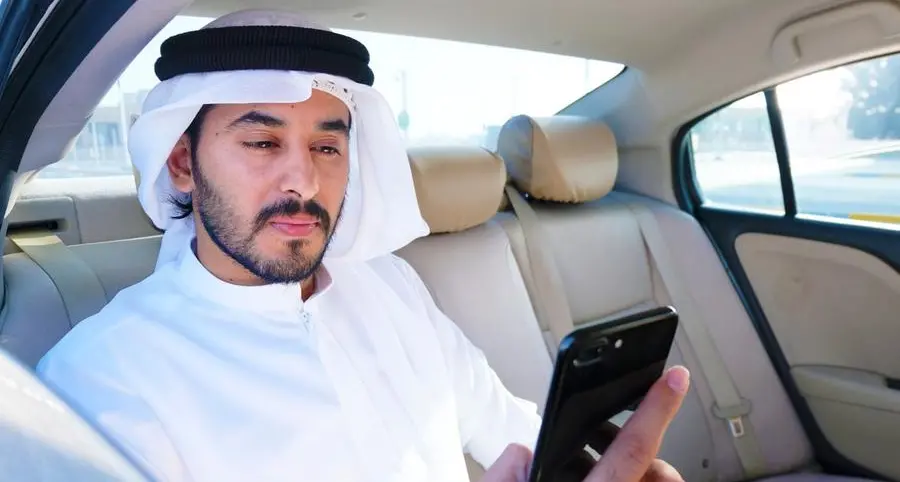Saturday, Mar 05, 2011
Gulf News
Umm Al Quwain Marine Research centre aims to release 10m by 2013, official says
Umm Al Quwain Grey and zooming from side to side like large lice on the display, zooplankton, amplified one hundred times, come into focus and are clearly visible creeping across the industrial-sized microscope screen in a lab of the Umm Al Quwain Marine Research Centre.
Yet all that is visible in the Petri dish below the lens is a small, lifeless looking spill of water.
Zooplankton are tiny invertebrates that float freely throughout the seas and other bodies of water, providing food on the go for many marine animals. At the centre they are being bred over and over again in basins to feed the hundreds of local fish reared in aquaculture for stock replenishment.
The centre opened in 1984 and recently received Dh75 million from a government grant to push the research forward.
The biggest goal of the centre is to increase the number of fish released back into the Arabian Gulf from the current 120,000 mark to ten million by 2013, said Dr Ebrahim Al Jamali, director, Umm Al Quwain Marine Centre, and author of several published research papers.
High survival
“We breed 15 to 20 species and are researching which ones are most suitable for aquaculture and have high survival rates once released,” said Al Jamali. With the facilities currently available, the centre can only push that number to 200,000.
“We are limited by the budget. Seventy-five per cent of the cost of a fish comes from feeding them, which is why we produce the zooplankton and the phytoplankton to feed them,” he said.
The financial boost to support efforts to safeguard and develop the UAE’s fish stocks was provided by President His Highness Shaikh Khalifa Bin Zayed Al Nahyan. A new facility will be built adjacent to the Umm Al Quwain centre and once combined, both centres will be renamed the Khalifa Research Centre.
Ten laboratories will be built to study fish disease, phytoplankton and zooplankton, algal bloom and biotoxins that can turn a bloom into devastating red tide, said Al Jamali.
“What we will do is similar to what we are doing now but we will be able to progress the research. The main areas will remain aquaculture, oceanography and marine pollution,” he said.
The centre is set on the coastline of this Northern Emirate and flanked by 1km of mangroves planted by staff a decade ago. Research has shown that young fish, or fingerlings measuring approximately 15cm, have a better chance of survival when released in such sheltered areas. Al Jamali and his team work in very natural conditions. Sea water is pumped into large ponds passing through just a sand filter.
The brood stock, a male and female fish, is kept in the pond for two to three years.
“There is no stress for the fish and they reproduce naturally,” said Al Jamali. Every day, water is manually filtered to collect any eggs.
Overfishing
“We breed fish that were here but are not commonly found on the markets anymore like subaity [yellow fin seabream]. Other fish like safi [rabbit fish] or hamour [grouper] have been overfished. Fish we release now will be in the market after a certain amount of years,” said Al Jamali. There has been success with subaity making a comeback at the fish market in Umm Al Quwain. “We keep breeding until the life cycle is complete,” he said.
Oliver Clarke/Gulf News
Plankton magnified
Dr Ebrahim Al Jamali, director, Umm Al Quwain Marine Research Centre, during a tour of the centre with Gulf News, demonstrates a microscope with a viewing screen that magnifies live plankton either 500 or 1,000 times.
Oliver Clarke/Gulf News
Marine samples
Jars of marine life samples sit on shelves in the reception area at the marine research centre.
Oliver Clarke/Gulf News
Baby hamour
Young hamour swim in the storage tank
Oliver Clarke/Gulf News
State-of-the-art lab
Dr Ebrahim Al Jamali looks into a microscope in one of the newly built labs at the facility.
Oliver Clarke/Gulf News
The nursery
The mangrove nursery at the marine research centre in Umm Al Quwain.
Global experts offer their advice
Experts from all over the world were called to the UAE to offer expertise during the red tide phenomena that struck the East Coast of the UAE the harshest, but also hit Dubai and Abu Dhabi’s coastline, in 2008 to 2009.
“There are many elements behind the causes from biotoxins in the water, desalination brine, or ballast waters from ships. We are monitoring the water, preparing for impact and developing methods to deal with it,” said Ebrahim Al Jamali, director of the Umm Al Quwain Marine centre.
Laboratories will be built with the recently received grant to develop harmful algal bloom identification, collect samples of water and shellfish. “We’re looking for the most common shellfish across the UAE to declare it as a bio-indicator. Shellfish absorb pollutants easily and will be a fast measure to detect abnormalities,” said Al Jamali.
The centre is planning to produce and release ten million fish to the Arabian Gulf every year starting from 2013. Several popular and commercial species have been over fished to near extinction and the centre is working to reverse this.
“We bred Farsh [sweetlips] for the first time in 2010. We produced 5000 and are considering adding this fish to our efforts. We are trying up to 20 species to see which fish are most suitable to our research,” said Al Jamali.
A large part of aquaculture is providing feed: zooplankton and phytoplankton. They may be microscopic in size but their tanks take up a lot of space. Around 20 tonnes of phytoplankton is stocked, said Al Jamali.
Mangroves were planted because their roots offer protection for juvenile fish from predators. Sixty-four thousand farmed fish were released into mangroves across the UAE in August last year.
— E.L.
Challenge
We breed 15 to 20 species and are researching which ones are most suitable for aquaculture and have high survival rates once released. [But] We are limited ?by the budget.”
Dr Ebrahim Al Jamali
Director, Umm Al Quwain Marine Centre
By Emmanuelle Landais?Senior Reporter
Gulf News 2011. All rights reserved.

